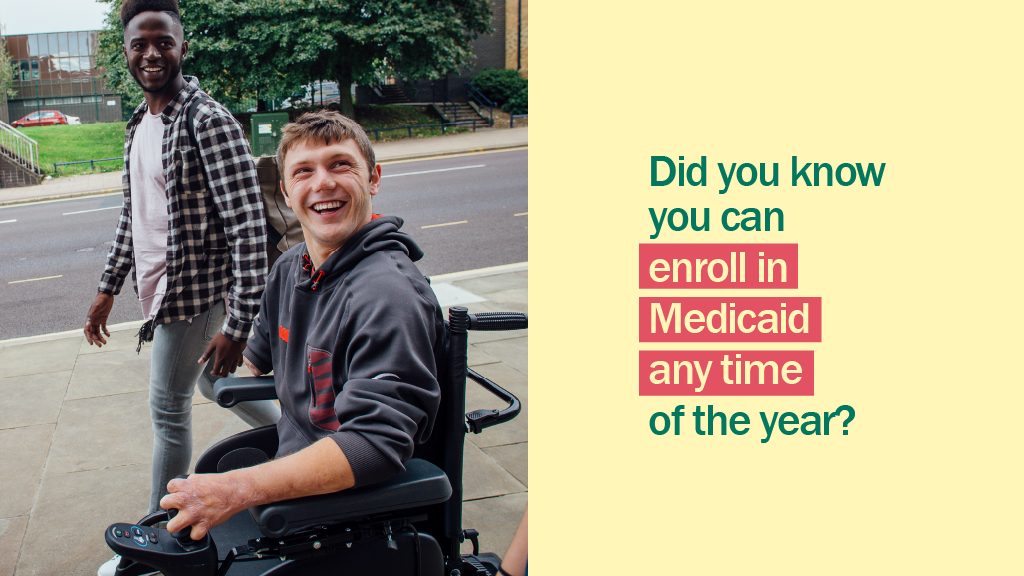COVID-19 & THE 2021 MARKETPLACE
Throughout the summer, we will be publishing the NDNRC Update on a biweekly basis.
How could the COVID-19 pandemic affect the 2021 marketplace? A new issue brief from the Kaiser Family Foundation looks at early filings by health insurers with state regulators about premiums for the 2021 plan year. The analysis by Kaiser shows that some insurance companies indicated that COVID-19 is playing little to no effect on premiums for 2021 but others indicate that premiums could rise as much as 8% as a result of the pandemic. To learn more about the Kaiser analysis or for a link to the report, check out our news item.
Another part of how the COVID-19 pandemic could continue to affect the marketplace both this year and next year is through the rate of those without health insurance. A new blog post from the Georgetown University Center on Health Insurance Reforms (CHIR) examines how the COVID-19 pandemic is affecting the rates of uninsurance. Some key findings highlighted in the blog post include that by the end of 2020 there will be a 6.1% increase in Medicaid/CHIP enrollment and a 10% increase in those without any health insurance.
Echoing these findings is a recent report from Families USA which shows the 5.4 million people lost health insurance coverage between February and May of this year.
If you are working with individuals who are exploring their coverage options due to losing coverage as a result of COVID-19, this is a good time to remind people that Medicaid enrollment is year-round. AAHD has been working with Community Catalyst and other partners in conducting outreach to educate individuals about SEPs and Medicaid enrollment. Links to graphics like the one below which highlight the fact that Medicaid enrollment is year-round can be found in the Community Catalyst Outreach Hub .
One of the potential complications of the economic downturn resulting from COVID-19 is the impact it could have on state budgets and by extension, state Medicaid programs which are funded through a combination of the federal and state government. Another blog post by the Georgetown CHIR dives into this issue.
One possible solution to the state Medicaid budget crisis is by providing more federal funding as part of another COVID-19 relief bill. A new analysis from the Kaiser Family Foundation dives into what has been done in previous COVID-19 relief bills and what could potentially be in another relief bill.
If you missed it, AAHD conducted a survey in April assessing the COVID-19 pandemic’s impact on access to healthcare on adults with a range of disabilities. All of the reports, summaries and infographics from the COVID-19 & Disability Survey are available on our COVID-19 & Disability Survey webpage. Links to all our COVID-19 videos as well as other resources on COVID-19 can be found on our COVID-19 resource page.
Are you looking for local partners to help with outreach to the disability community? The NDNRC has Community Outreach Collaboratives (COCs) which work to increase collaborations in the community, dissemination and outreach efforts and enrollment of people with disabilities in the ACA marketplace. You can find a COC, on the COC page of our website.
Archives of our weekly updates are available on the NDNRC website.

